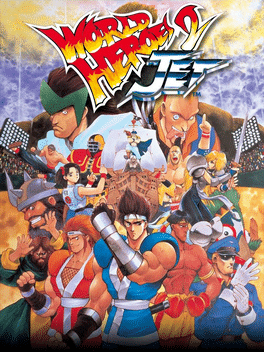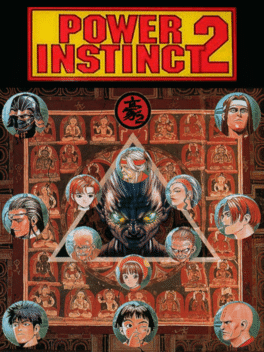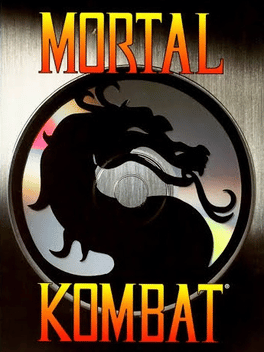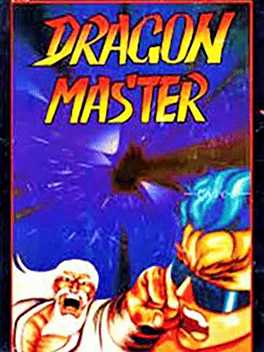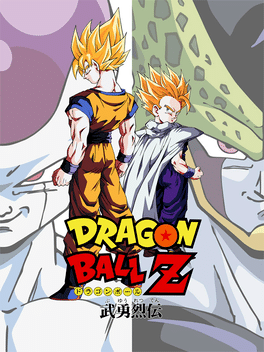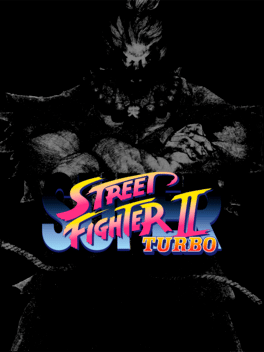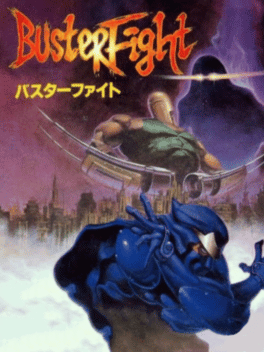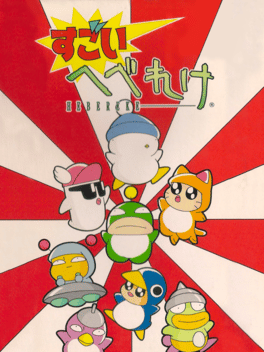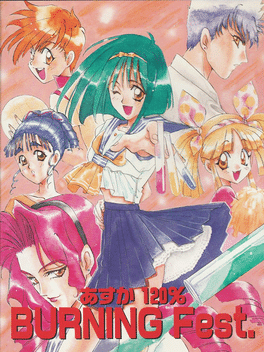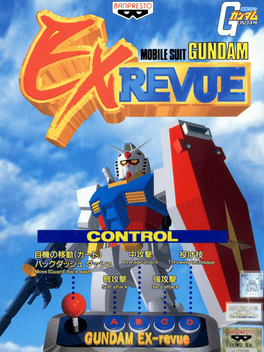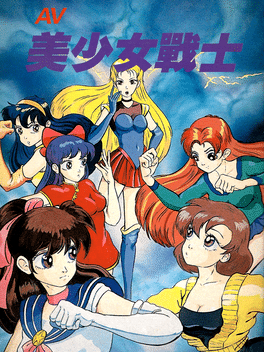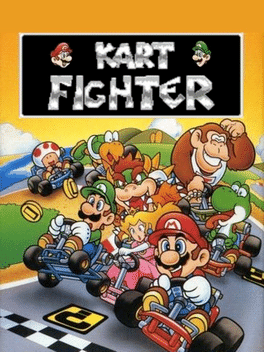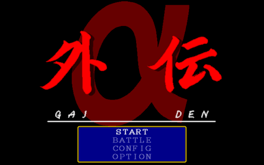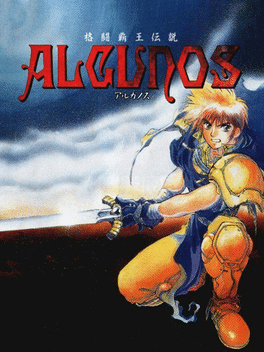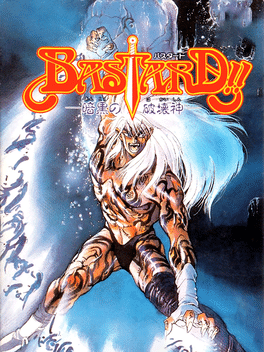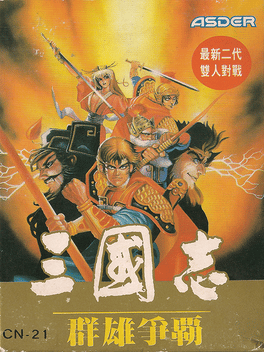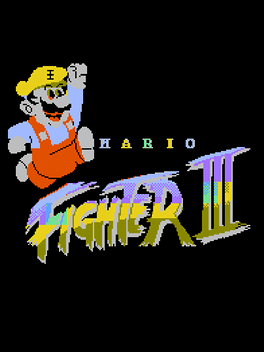New Nintendo 64 Games - Page 95
-
World Heroes 2 Jet
1994
World Heroes 2 Jet
1994
star 6After the defeat of both Dio and Neo Geegus at the end of World Heroes 2, the world was saved from the threatening danger and that the 14 fighters who had participated in the World Heroes tournament had returned to their own respective time periods. However, one year later, the 14 fighters had received invitations to a new fighting tournament known as the World Heroes Battle Fest and that this tournament would take place over the next five days in different parts of the world, being watched by millions of fighting fans. Surprisingly, the 14 fighters learn that Dr. Brown isn't the one who's sponsoring the tournament, but rather, a mysterious millionaire who is known simply as Mr. Z to the public. As the 14 fighters prepare themselves for the World Heroes Battle Fest, none of them have no clue or idea that Mr. Z has his own callous ambition for world domination and with the assistance of his two loyal servants, he vows to eliminate anyone who dares to get in his ruthless way. -
Power Instinct 2
1994
Power Instinct 2
1994
The original Arcade version of Power Instinct 2 released in Japan in October 1994. The game adds 5 new characters to the series but doesn't retain the extra modes added to the console ports of the previous title. The game was ported to PlayStation in Japan with an additional mode and characters related to the next Arcade release for the series, Goketsuji Legends. -
Mortal Kombat
1994
Mortal Kombat
1994
Mortal Kombat is a side-scrolling fighting game. Fighting is set as one-on-one combat, allowing each player to perform a variety of punches, kicks, and special moves in order to defeat their opponent. When the opponent faces their second round loss, the winner can perform a finishing move called a "Fatality" on the loser. The Fatality is a move unique to each fighter that graphically kills the loser in a blood-soaked finale. -
Dragon Master
1994
Dragon Master
1994
Dragon Master is a 1994 2D fighting arcade game developed and published by Korean company UNiCO Electronics. It was released during the fighting game trend in the early 1990s that started with Capcom's Street Fighter II. -
Dragon Ball Z: Buyuu Retsuden
1994
star 6.1Dragon Ball Z: Buyu Retsuden is a fighting video game based upon Akira Toriyama's Dragon Ball franchise. It is the only game in the series released for the Mega Drive, following the Frieza and Cell sagas. Its gameplay has been described as a combination of the original Super Butōden and Super Butōden 2, consisting of one-on-one fights using a three-button configuration, featuring special moves and two playable modes. -
Super Street Fighter II Turbo
1994
star 8.2Super Street Fighter II Turbo, released in Japan as Super Street Fighter II X: Grand Master Challenge, is a competitive fighting game released for the arcades by Capcom in 1994. It is the fifth installment in the Street Fighter II sub-series of Street Fighter games, following Super Street Fighter II: The New Challengers. Like its predecessor, it ran on the CP System II hardware. Super Turbo introduced several new gameplay mechanics not present in previous versions of Street Fighter II, including the addition of Super Combos and air combos. It also introduced the secret character Akuma, who would go on to become a recurring character in later Street Fighter installments and other Capcom fighting games. Super Turbo was originally ported to the 3DO Interactive Multiplayer, followed by the PlayStation and Sega Saturn (under the title of Super Street Fighter II Turbo: The Ultimate Championship) as part of the Street Fighter Collection, and for the Dreamcast in Japan under the title of Super Street Fighter II X for Mat -
Karnov's Revenge
1994
Karnov's Revenge
1994
Karnov's Revenge, also known as "Fighter's History Dynamite" in Japan, is a 1994 arcade fighting game, and the followup to Fighter's History. All returning characters have new moves, and Clown and Karnov are now playable characters while newcomers Zazie and Yungmie were introduced. The Super Famicom game "Fighter's History: Mizoguchi Kiki Ippatsu!!" is heavily based on Dynamite, and is believed to have been meant as a port. Dynamite itself would be ported to the Sega Saturn, and Mizoguchi Kiki Ippatsu!! was even thrown in as a bonus. -
Buster Fight
1994
Buster Fight
1994
Buster Fight is an Action game, developed by Sims and published by Sega, which was released in Japan in 1994. -
Amazing Hebereke
1994
Amazing Hebereke
1994
Sugoi Hebereke (lit. "Amazing Hebereke") is a 1994 fighting game developed and published by Sunsoft exclusively in Japan for the Super Famicom on March 11, 1994. It is a spin-off of the Hebereke series, as well as Sunsoft's first attempt in the genre before they became better known for the 1995 Galaxy Fight: Universal Warriors, the 1996 Waku Waku 7, and the 1998 Astra Super Stars. Sugoi Hebereke is Bird's Eye-viewed like Vectorbeam's 1979 arcade game Warrior, but with brawling elements similar to the ones found in Atari Games' 1990 Pit-Fighter arcade, Technōs Japan's 1992 Nekketsu Kakutō Densetsu, Namco's 1994 The Outfoxies, and Nintendo's 1999 Super Smash Bros. There are two play modes in the game: story mode and VS. mode. In VS. mode, up to four players can play as the cast of the Hebereke series simultaneously when using an SNES Multitap. The object of the game is to knock out (KO) the other three opponents. Each stage is square shaped and has its own environmental hazards and moving objects. -
Asuka 120% Burning Fest.
1994
Fighting game series produced by Fill-in-Cafe. Eleven versions were released for various platforms between 1994 and 2002. -
Mobile Suit Gundam: EX Revue
1994
Mobile Suit Gundam: EX Revue is an updated version of the first Gundam fighting game. Like its predecessor, it is a Street Fighter II-style versus fighter based on the original 1979 television series of the Gundam franchise, with improved graphics, a changed and larger character roster, new arenas and a more complex fighting engine. Players can select from 12 mobile suits: returning from the first game are the Federation's Gundam and Zeon's Zaku, Gouf, Dom and Gelgoog, the amphibious Z'Gok, as well as Char Aznable variations of Zaku, Gelgoog and Z'Gok. Sayla Mass' alternate Gundam is replaced by the Guncannon, and the game also adds Zeon's Gyan and Acguy. Each suit again features its own arena, based on locations and situations from the TV series. Many are all-new, others are just touched up from the first game. Each character also has its own ending sequence. Single-player mode consists of 14 consecutive fights:12 against the standard suits (including a mirror match) plus 2 against secret boss enemies. The last -
AV Bishoujo Senshi Girl Fighting
1994
AV Bishoujo Senshi Girl Fighting is a fighting game running on the Street Fighter II engine. It reuses a lot of resources from Street Fighter IV and Kart Fighter with some Master Fighter II stuff mixed in and most of the girls are based off of characters from Ranma 1/2 Chounai Gekitou-hen and Bishoujo Senshi Sailor Moon Fighting. Chun-Li in the game is from Street Fighter II: The World Warrior and Marry is Bunny from Street Fighter IV. You are awarded with hentai every time you beat a round when the difficulty is on 3, 4 or 5. These are backported from various PC98 H-games, such as Ten Sen Nyan Nyan. -
Kart Fighter
1994
Kart Fighter
1994
Kart Fighter is an unlicensed 2D fighting game produced for the Nintendo Famicom. The game features unauthorized appearances by Nintendo's mascot Mario and the rest of the cast of Super Mario Kart in a port of Street Fighter II. -
Teenage Mutant Ninja Turtles: Tournament Fighters
1994
star 6.5Trash the surf board and heave the 'za. It's a whole new breed of Turtles and they're fixated on fighting. We're dead serious, Tournament Fighters takes dude-on-dude demolition to new heights of intensity with 4 modes of pain-producing battles, deadly warriors, secret arenas, astounding graphics and sound effects that'll make you cringe! Clash with Krang-created clones of the Turtles, Casey Jones, April O'Neil, Ray Filet and Sisyphus, plus bosses Triceraton, Krang's Android and Karai. There's flying body presses, knee drops, head butts, rocket punches, elbow smashes, somersault throws, you'll feel and inflict them all. And the settings include Magma Ocean Planet, Jungle Planet, and every other bizarre corner of Dimension X! -
Light Bringer
1994
Light Bringer
1994
Light Bringer (también conocido como Dungeon Magic), es un juego de arcade de Taito Corporation, perteneciente al género Hack and Slash medieval. A diferencia de la mayoría de los beat'em ups de ambientación medieval / fantástica, el juego cuenta con una vista isométrica, algunas plataformas (por lo general, cajas apiladas, mesas o rocas para subir y saltar), grandes personajes estilizados y ajustes de variables de sangre. Un malvado mago resucita a un espíritu maligno, conspirando para tomar el control del reino, y ha secuestrado a la princesa para usarla como sacrificio. Cuatro guerreros se adentran en el mundo mágico para salvar a la princesa de las garras del mago malvado: Ash el Caballero, Gren el guerrero errante, Cisty el elfo, cuya familia entera fue destruida por el espíritu del mal en el pasado, y el viejo mago Vold, contando con la ayuda del equipo de magia, iniciaran su odisea para rescatar a la princesa. -
Kakutou Haou Densetsu Algunos
1994
The world's greatest warriors, Jenius, Asasin, Arcer, Samohan, Greeze, Orga, Lobo, Blocken, Jyobei and Daibuster. Every single one of them has different attacks and set of techniques the player has to learn and master. Most of the fighters in Algunos use their bare hands but some also use weapons. Choose your fighter and take on the challenge. -
Bastard!! Ankoku no Hakaishin
1994
A fighter game released for the Super Famicom in 1994. It is based on the heavy metal-inspired manga and anime of the same name. -
Sānguó Zhì: Qúnxióng Zhēngbà
1993
San Guo Zhi: Qun Xiong Zheng Ba (The Romance of Three Kingdoms: The Fight Of Heroes' Pleiades) is a unlicensed fighting game in the setting of the Chinese era of Three Kingdoms. -
Mario Fighter III
1993
